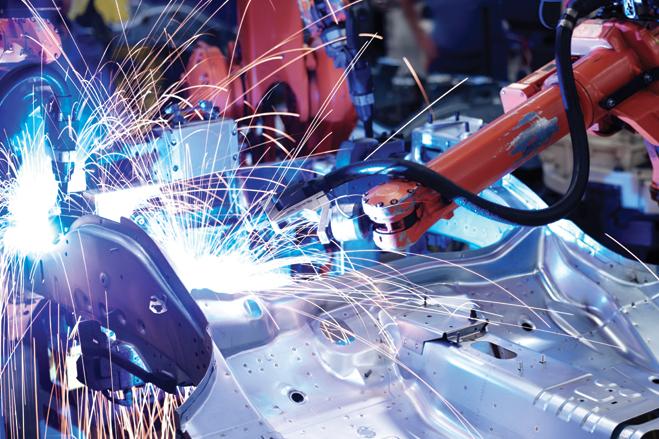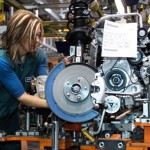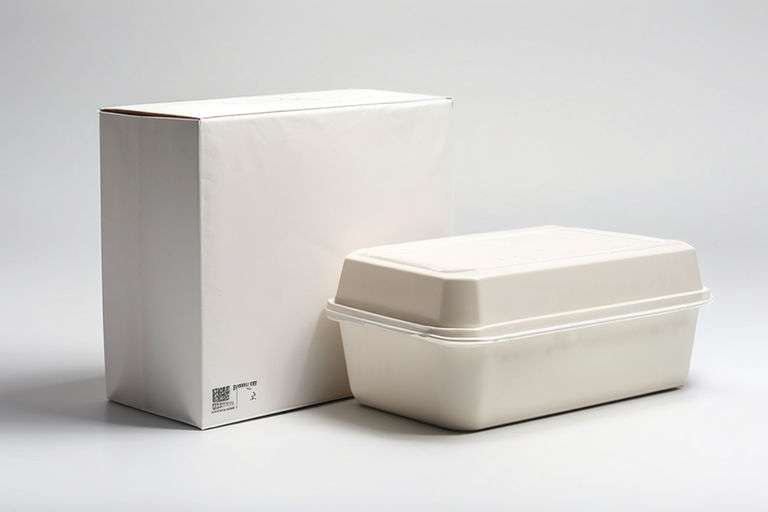Times change, and any industry that wants to stay in business has to change with them. These days, with the advent of increasingly complex and powerful computing, along with a variety of other rapid technological advances, it seems that times are changing faster than ever, and industries have to run to catch up. This is especially true in industries like manufacturing. Industries that not only have to keep on the cutting edge of their own processes and equipment, but are also often responsible for building the parts that make up these increasingly complex and high-performance machines.
The manufacturing industry faces new challenges daily, and sometimes it is hard to stay on top of what’s going on.
Manufacturing in the U.S. is a multi-trillion-dollar industry, and shows no signs of slowing down. As someone who’s organized a few trade shows in my day, I’ve seen a lot of changes in the industry come and go, and seen a lot of people struggle to keep up. These days, it seems like there are new challenges rising to test the manufacturing industry every day, and it can become harder and harder to stay on top of the latest information out there.
Metal parts are being replaced with engineered composites. These new materials often cause problems.
One of the big challenges that’s grown up in the last few years has been an increase in parts that are made from new materials that are often foreign to a lot of manufacturers. Everything from titanium alloys, nickel and chromium alloys, tungsten carbide, compacted graphite iron, and ceramics. In many applications that previously used metal parts, engineered composites are now being used in their place. These new materials are often more difficult to machine (some of them are less than a quarter as machinable as steel) than those they’re replacing, and can bring a lot of unique challenges to the table. Not only can they be very difficult to work with, but they can also be extremely expensive, costing potentially hundreds of dollars per pound. That means that a mistake that might have only cost a few dollars before can cost an awful lot more now.
Manufacturers must turnout parts with complex components.
As manufacturers machine parts for increasingly complex machines, that also leads to a need for increasingly specific processes and equipment. As technology advances, it also specializes, which means that manufacturers may have to turn out parts that have complex geometries, particularly large or small components, or that need to meet very strict requirements for fatigue, temperature, or other specifications.
All of these challenges require machines and processes that are capable of meeting them, and one way to make sure that our tools are up to snuff is to use proper edge prep technology. We found a leader in the edge prep field, to stay on top of the changing demands that face us manufacturers today. They develop new systems to meet each new challenge. In a dynamic and fast-paced industry, they can help make sure your manufacturing processes stay on the “cutting edge.”















